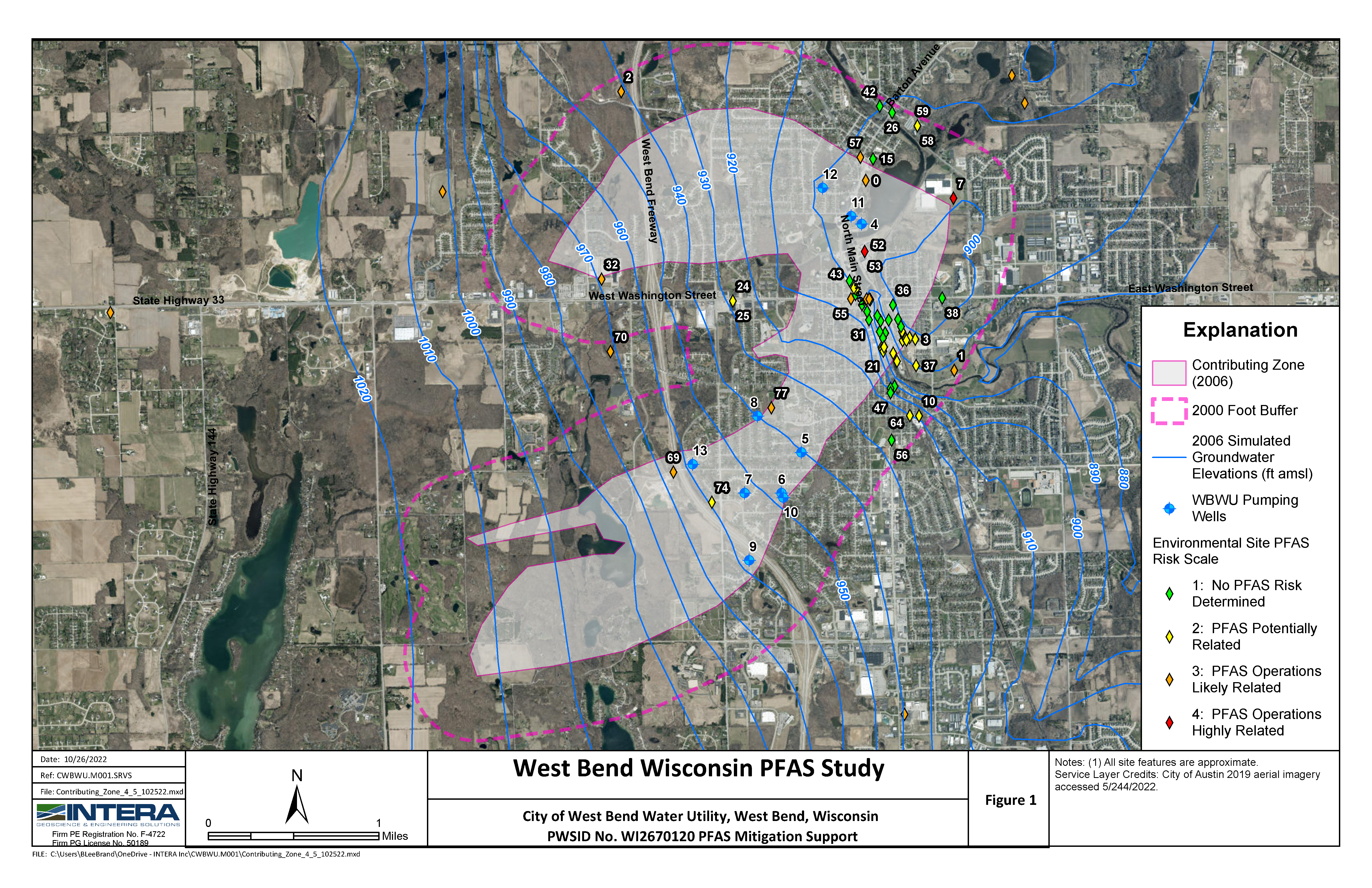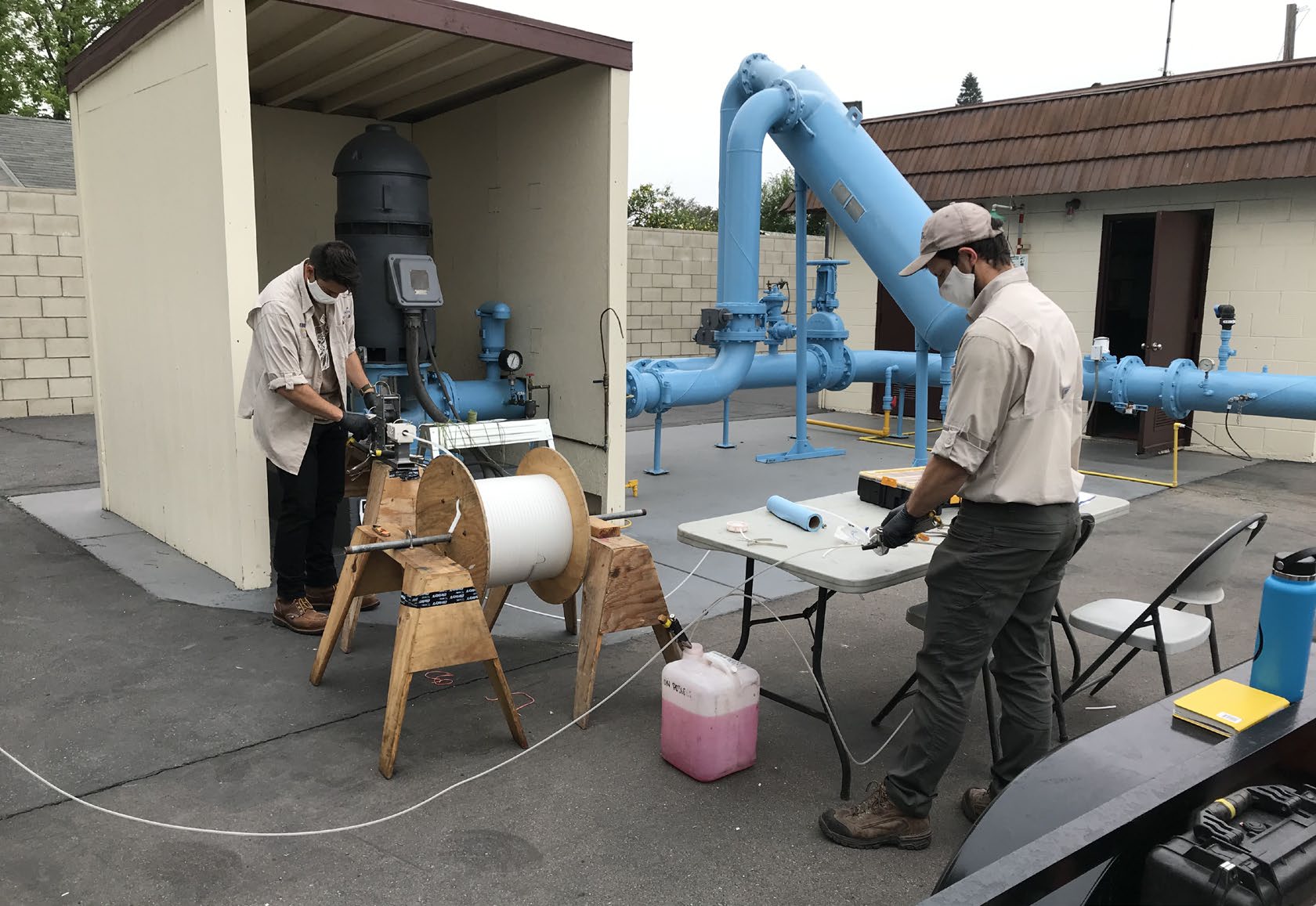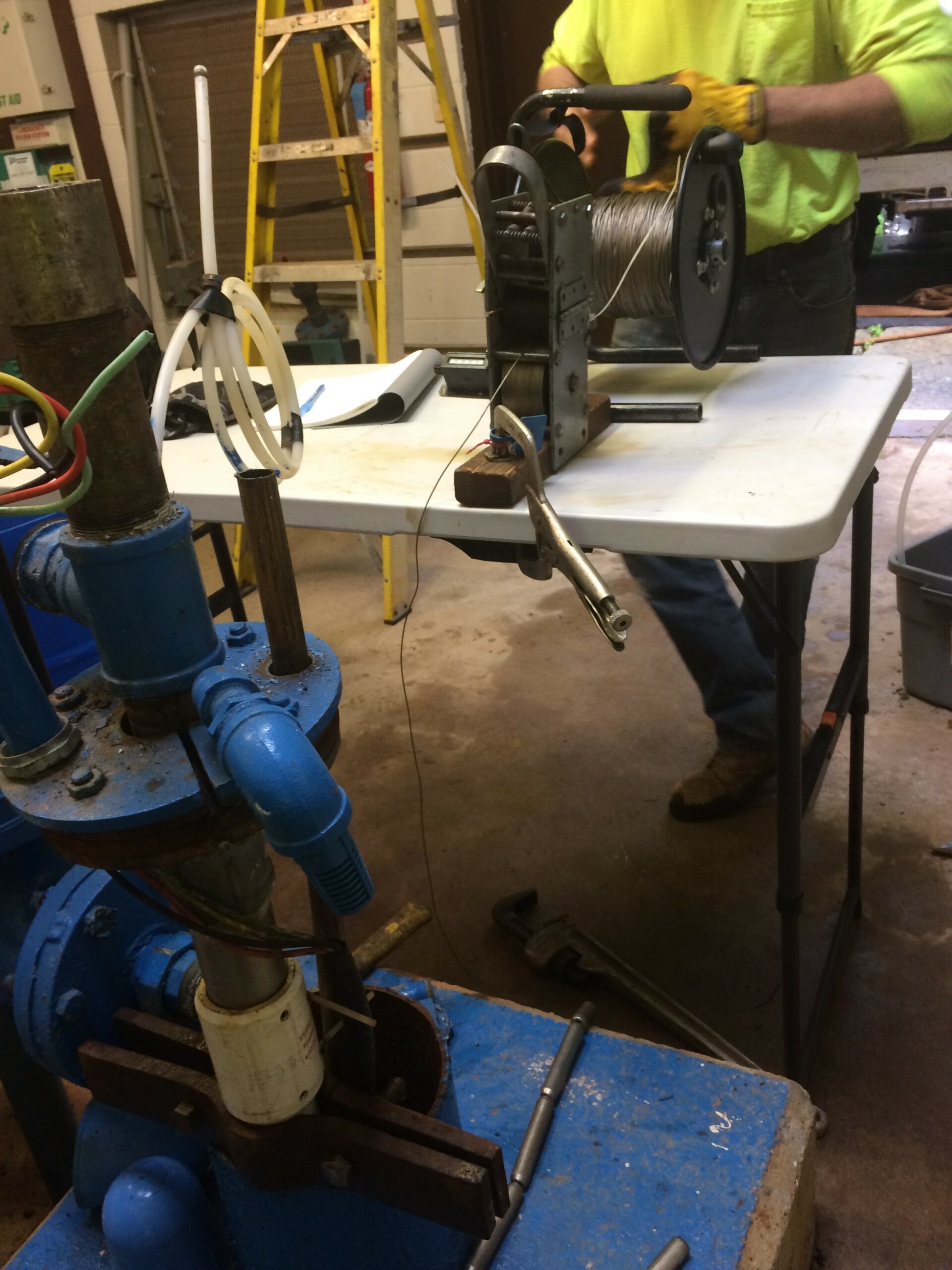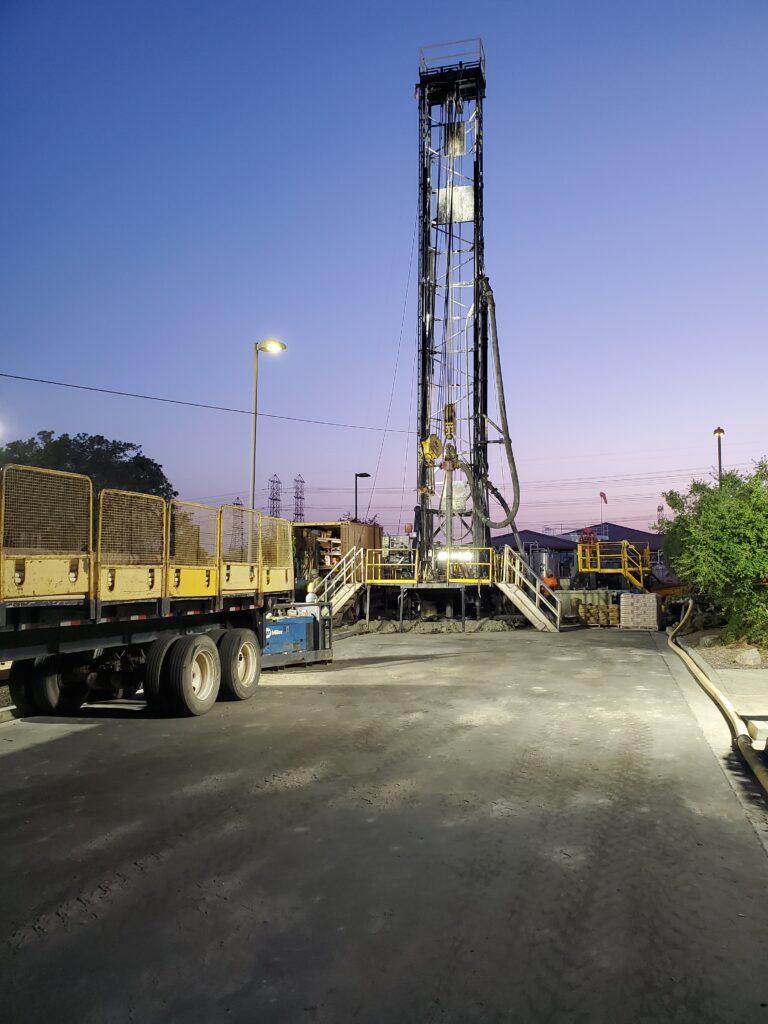
Reto: Aprovechar al máximo el agua disponible en la Planta de Tratamiento Avanzado de Agua Leo J Vander Lans (LVL AWTF) para reabastecer los acuíferos locales de agua potable.
Solución: INTERA forma parte de un equipo multiempresarial que está liderando la obtención de permisos, el diseño, la supervisión de la construcción y la puesta en marcha de un pozo de inyección de 2 millones de galones por día (MGD) y dos pozos de control reglamentario para inyectar agua reciclada tratada avanzada LVL AWTF para la reposición de las aguas subterráneas. Esta instalación de tratamiento recibe agua con tratamiento terciario de la Planta de Recuperación de Agua de Long Beach y suministra hasta 8 MGD de agua reciclada con tratamiento avanzado para su inyección en el Proyecto de Barrera de Intrusión de Agua Marina de Alamitos (Proyecto de Barrera de Alamitos) y en el nuevo pozo de inyección interior. El nuevo pozo de inyección contribuye a maximizar el uso beneficioso del agua tratada avanzada para la reposición de los acuíferos locales de agua potable y mejora la eficiencia y el rendimiento de la AWTF de LVL al reducir las fluctuaciones en la tasa de producción de los procesos de tratamiento.
INTERA realizó análisis de modelado utilizando el modelo de barrera Alamitos (desarrollado previamente por INTERA) para evaluar la ubicación y la viabilidad de inyectar hasta 8 MGD desde la AWTF de LVL en nuevos pozos de inyección interiores potenciales, con una mayor extracción de los pozos de producción existentes. Se realizaron simulaciones de rastreo de partículas para evaluar los tiempos de residencia y las trayectorias de viaje del agua reciclada con el fin de garantizar que los pozos de inyección y extracción cumplieran los requisitos del Título 22. Los geólogos de INTERA desarrollaron el diseño del nuevo pozo de inyección interior y prepararon planos y especificaciones técnicas para la licitación. Supervisamos sobre el terreno la perforación, la construcción y las pruebas del pozo de inyección y de los pozos de monitorización de triple anidamiento para garantizar el cumplimiento del Título 22. Las pruebas completadas del pozo de inyección indican una alta eficiencia y una capacidad superior a la prevista.
INTERA dirigió la preparación del Informe de Ingeniería Actualizado del Título 22 (Informe T-22), incluyendo el pozo de inyección interior propuesto y otras actualizaciones necesarias para que el Informe T-22 cumpla plenamente con los requisitos actuales del permiso, las regulaciones y la política de agua reciclada. Asistimos a WRD en el desarrollo de una estrategia de permisos en coordinación con la Junta Regional de Control de Calidad del Agua (RWQCB) y el Departamento de Agua Potable de California (DDW). Actualmente estamos desarrollando planes de trabajo y diseños para un estudio de trazador intrínseco para el pozo de inyección interior y un estudio de trazador añadido para el Proyecto de Barrera Alamitos, ambos requeridos por las regulaciones del Título-22 de Reutilización Potable Indirecta para el reabastecimiento de aguas subterráneas subsuperficiales. También apoyaremos a WRD en la implementación de ambos estudios de trazadores y realizaremos análisis e informes para validar los resultados del modelado de aguas subterráneas.
Resultados: Las pruebas preliminares del pozo de inyección indican que funcionará con gran eficacia y con una capacidad superior a la prevista. Los riesgos asociados a los posibles retrasos en la obtención de los permisos del Título 22 se han mitigado eficazmente gracias a una labor de divulgación proactiva con el DDW y la RWQCB.
